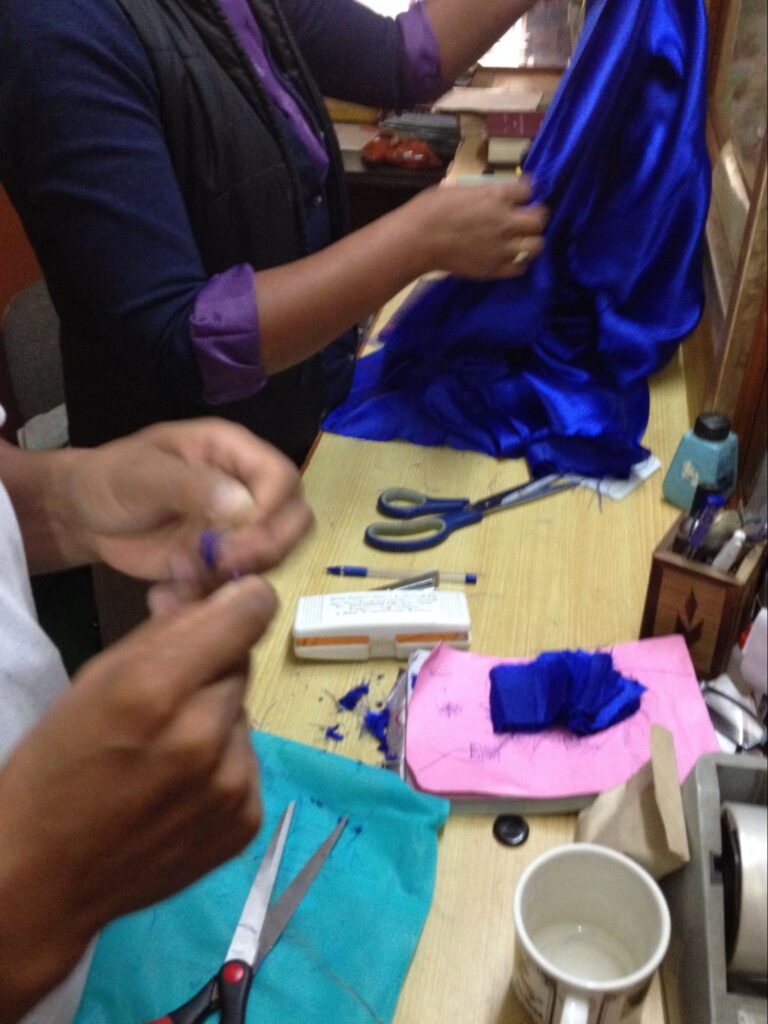By Adarsh Suresh
Cross Reference: Men-Tsee-Khang, Dharamsala
The Chagpori Medical College was established in Lhasa in 1696 by Desi Sangye Gyatso (1653-1705), the regent of the Fifth Dalai Lama. This institution was founded on Chagpori (“Iron Mountain”), one of the holy sites of central Tibet. The Fifth Dalai Lama wanted to ensure that the Tibetan system of medicine continued and ensure cultural survival (Kloos 2008). Specifically they desired the maintenance of “the integrity of medicine with the spiritual values and meditations of Tibetan Buddhism, as it had been for many centuries” (Shakya Dorje Emchi). After its establishment, it became an important landmark and trained many prominent figures within Tibetan medicine, such as Khyenrab Norbu (1883-1962), who was involved in integrating Sowa Rigpa and biomedicine in the mid 20th century (McGrath 2019).
This college stood until the 1959 Tibetan uprising, when many monasteries including the Chagpori Medical College were destroyed by the Chinese People’s Liberation Army and the 14th Dalai Lama fled into exile (Jian 2006). In 1992, to uphold this legacy of the Chagpori monastery and to continue its medical system, Ven. Dr. Trogawa Rinpoche reestablished the Chagpori Tibetan Medical Institute in Darjeeling District, India, with the blessing of the Dalai Lama. The school today has three main pillars: the pharmacy, college, and clinics. The pharmacy department produces various medicines through traditional methods. All the herbs are ground through the use of mortar and pestle and each pill is made manually.
Since its opening, fifty traditional medicine doctors (amchi) have graduated and fifteen are currently enrolled in the school (CTMI). The curriculum lasts five years in which students study the basics of Tibetan medicine and the language and then there is an internship year where they learn how Tibetan medicine functions in a clinical context. The students undergo final examinations for certification deliberated on by representatives of the Central Council of Tibetan Medicine (CTMI).
Various clinics affiliated with the institution are located in the cities of Darjeeling, Kurseong, Takdah, Jorethang, and Salugara. The Chagpori website specifies that they provide “medical health care according to Tibetan medicine to all people, regardless of caste, creed or race” (CTMI). The price for each visit is small—just the amount needed for the clinic to break even—and they use a sliding scale to determine the payment depending on each patient’s financial situation.
Chagpori plans on expanding in the future by establishing clinics in additional places (CTMI). In 2013, Trogawa Rinpoche and the board of directors decided to buy a plot of land in West Bengal, to centralize their operations (CTMI). Future expansion plans also include introducing new machinery to produce medicine to scale rather than continuing the manual process (CTMI).The institution’s expansion plan largely revolves around donations, as Chagpori is a non-profit charitable organization. Many students come from poor families, so donors can choose to sponsor a student’s education or donate money to buy supplies.
Media

Photograph of the original monastery on top of the Chagpori mountain in Lhasa (1900)
Source: https://collections.lib.uwm.edu/digital/collection/tibet/id/126/
Photograph of the production of herbal medicines used in the clinics
Source: https://chagpori.org/gallery/pharmacy/
Photograph of the front desk at a clinic
Source: https://chagpori.org/gallery/clinics/
A photograph of the outside of the Chagpori Tibetan Medical Institute
Source: https://chagpori.org/gallery/college/
Scholarly Sources
- CTMI. “About CTMI.” Chagpori Tibetan Medical Institute, 16 Jan. 2021, https://chagpori.org/about-ctmi/.
- Dhorje, Shakya. 2021. “Chagpori” http://shakyadorje.org/en/chagpori/.
- Jian, Chen. “The Tibetan Rebellion of 1959 and China’s Changing Relations with India and the Soviet Union.” Journal of Cold War Studies 8 (2006): 54-101.
- Kloos, Stephan. 2008. “The History and Development of Tibetan Medicine in Exile.” The Tibet Journal 33 (3): 15–49.
- McGrath, William A.. “10. Reconciling Scripture and Surgery in Tibet: Khyenrap Norbu’s Arranging the Tree Trunks of Healing (1952)”. Buddhism and Medicine: An Anthology of Modern and Contemporary Sources, edited by C. Pierce Salguero, New York Chichester, West Sussex: Columbia University Press, 2019, pp. 94-99. https://doi.org/10.7312/salg18936-013
